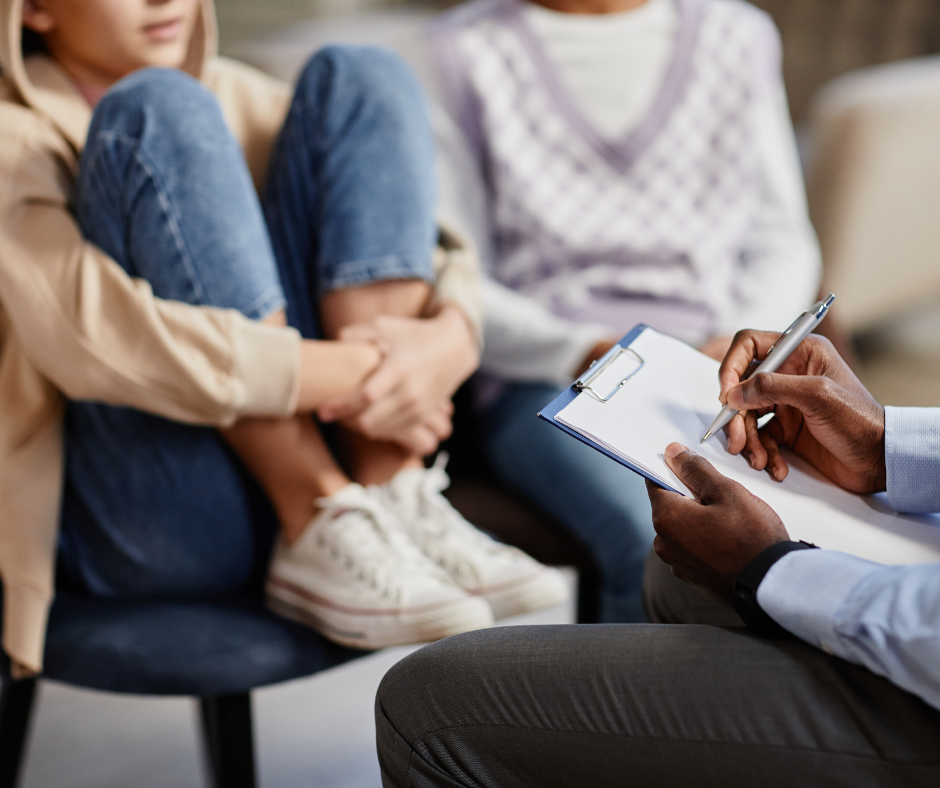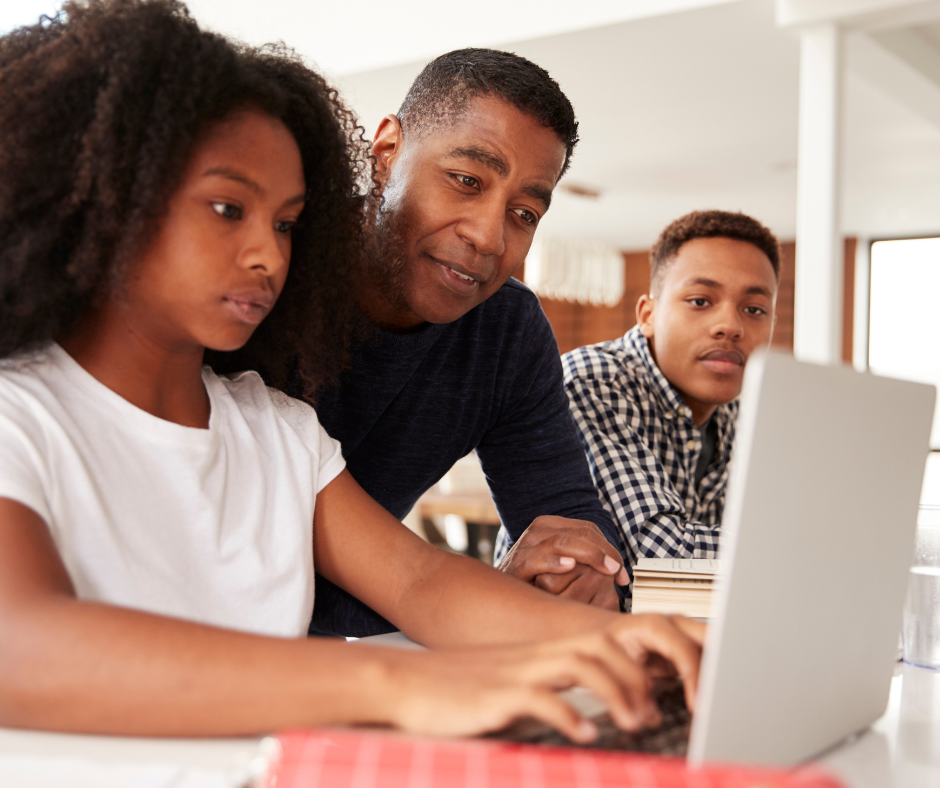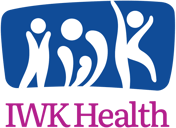This blog is in acknowledgement of International Youth Day, which recognizes how young people make a meaningful difference around the world. This year, the United Nations wants people to know that youth taking action in their local communities can help reach the UN’s global Sustainable Development Goals (SDGs). CCfV’s work contributes to the ongoing progression of the SDG Good Health and Wellbeing.
CCfV recognizes the importance of research that represents the whole population.
The opinions and ideas of people with lived experience must be considered and included in research that directly affects them. This kind of representation has not always been a reality in research. Though standards have begun to improve, there are still many gaps in knowledge to fill.
When it comes to opinions and experiences with vaccination, one group that can often be overlooked is youth.
CCfV Investigator Dr. Stephana Julia Moss is part of a project hoping to bring more youth voices into vaccine conversations.
Youth aren’t often involved in vaccine decisions. When they are, it makes a difference for their community.
Current research has suggested that youth who are engaged in conversations about vaccines with the adults in their life can be more likely to get them. When more youth get vaccinated, it can help keep their community healthier, too.
But youth under 18 are often left out of conversations about vaccines.
Information about vaccines or infections may only be given to parents. Parents may feel uncomfortable talking to their kids or teens about vaccines or infections.

Dr. Moss is working with other researchers to empower youth in these conversations.
“The evidence that we have suggests that when young people feel engaged in the decision – they feel listened to, respected in healthcare decisions that includes vaccinations – they’re more likely to seek out preventative care proactively that may wear off on parents and guardians.” says Dr. Moss.
“Fostering that collaborative environment that supports informed and shared decision-making between the parent and the youth is how we get to that end goal of where we want to go.”
Building solutions for youth, by youth
Dr. Moss and other researchers want to make it easier for kids and teens to get information about vaccines and talk to their parents about them. They are working on a project called Youth Voice3 to develop a solution.
Voice3 stands for Vaccine Ownership and Informed Choices through Engagement, Education and Empowerment.
The Youth Voice3 campaign aims to target the gap in youth vaccine uptake by understanding the vaccine related knowledge, beliefs and needs of youth. The campaign is partnering with youth and young people across Canada to co-design educational tools and resources.

Youth are involved in two key ways:
- Youth engagement council – guides all project activities from design to implementation to evaluation
- Community research partners – engaged in outreach, data collection, and interpretation of results. This includes everything from creating visuals to writing the final manuscript and more.
“Youth perspectives are foundational to the Youth Voice3 campaign,” Dr. Moss says, “And we’ve built this whole concept around the idea that young people should not just be consulted, but they should be genuinely heard and involved as partners in every step of that process.”
Engaging youth in research is worth the time and commitment it takes.
Compared to other research projects, Dr. Moss says that this one is taking more time. But it’s important to take that time to allow the youth to participate meaningfully.
“For an entire month we held meetings for the sole purpose of getting to know each other so that in the second month, they [the youth] would feel comfortable to share their honest thoughts about how they would adapt a few questions,” she says.
“A full month of weekly meetings with snacks and coffee and tea and whatnot just to get to know each other so they would feel comfortable – that’s how long it takes to do this work.”
The team is also taking time to ensure that the project properly represents youth from historically marginalized or equity-deserving communities.
Youth from these communities are included on the youth engagement council and as community research partners. Social media campaigns and materials are designed with them in mind. The team is also partnering with community groups for their input.
“This campaign is focusing on those communities as well to build that authentic trust, which is especially important among these communities,” says Dr. Moss. “We’re also working to develop culturally sensitive communication strategies so that our engagement efforts are not only effective but equitable as well.”
Youth make a difference
Youth often understand what other youth like them experience, think, or want better than adults can. Their unique ideas can lead to new solutions with big impact. This is why involving youth in projects like Youth Voice3 is so important.
This International Youth Day, we celebrate the contributions of youth around the world. Their local participation in health and vaccine research, like at CCfV, make a big difference for other youth and for their communities as a whole.
Including youth in health research or empowering them to be involved in health decisions? CCfV knows that these aren’t just good ideas – they’re a necessary part of building a healthier world.



